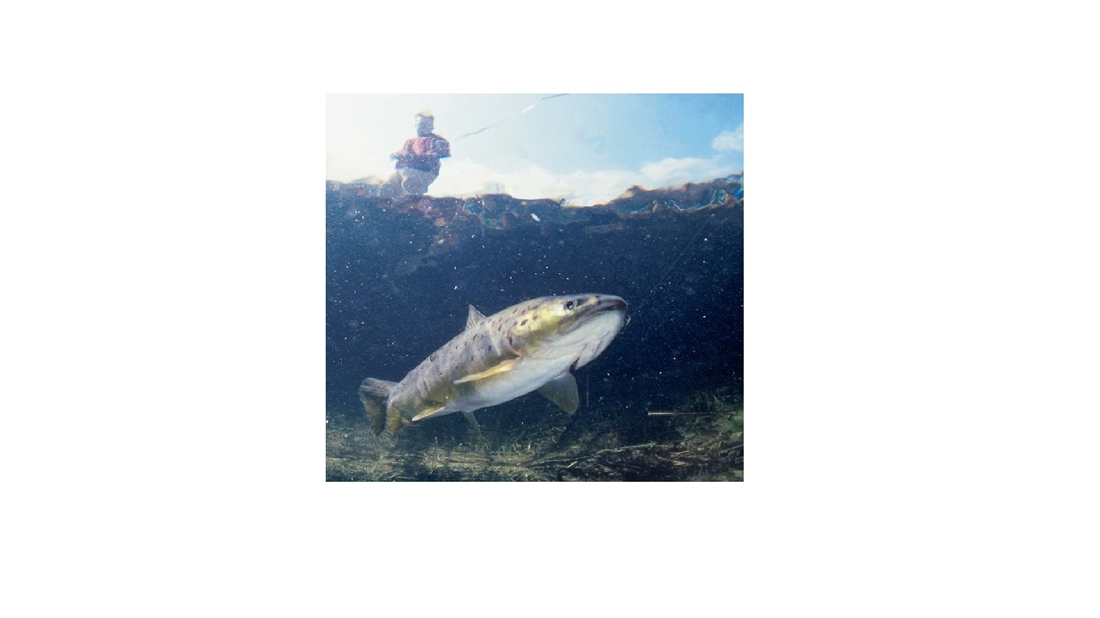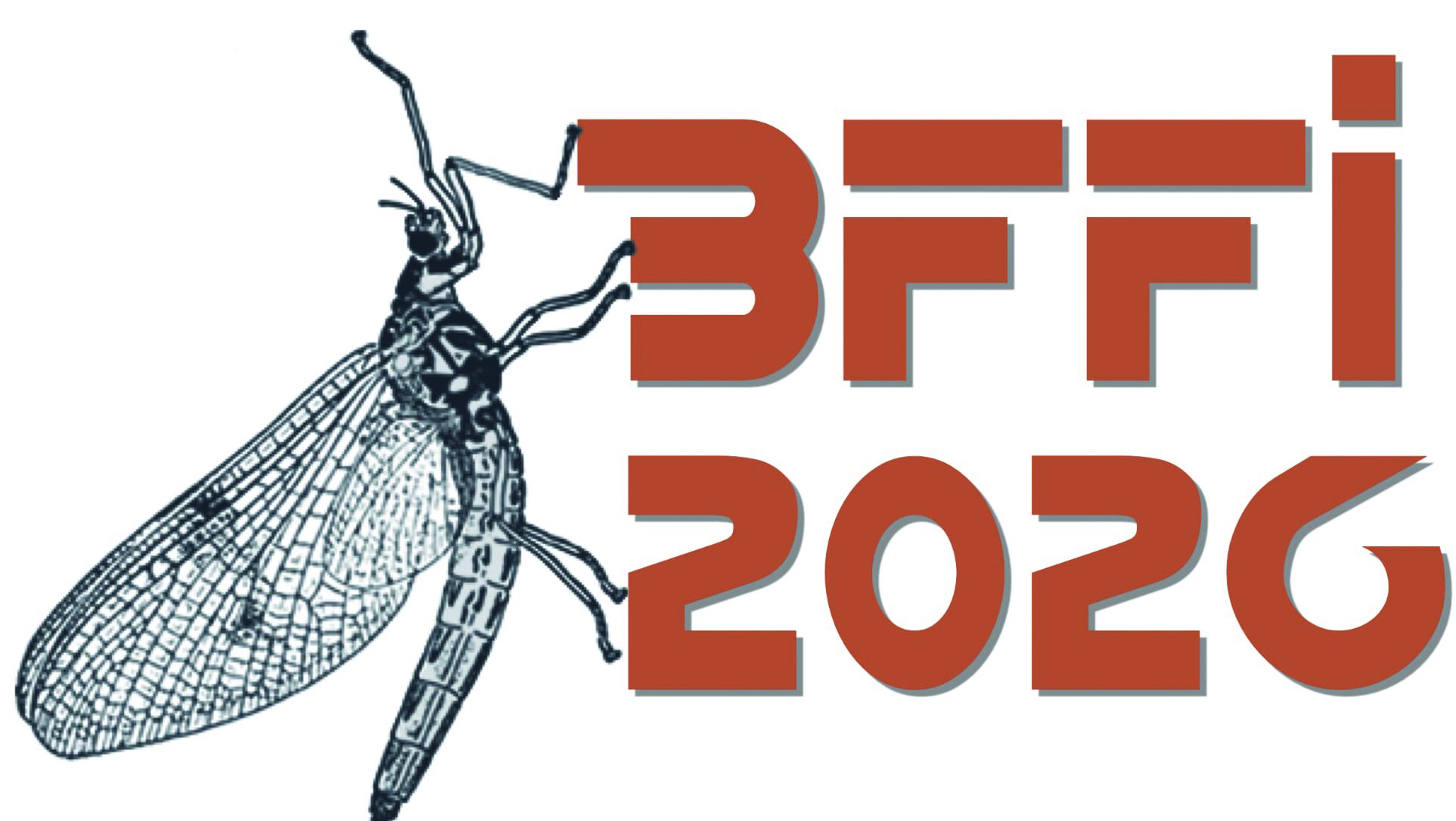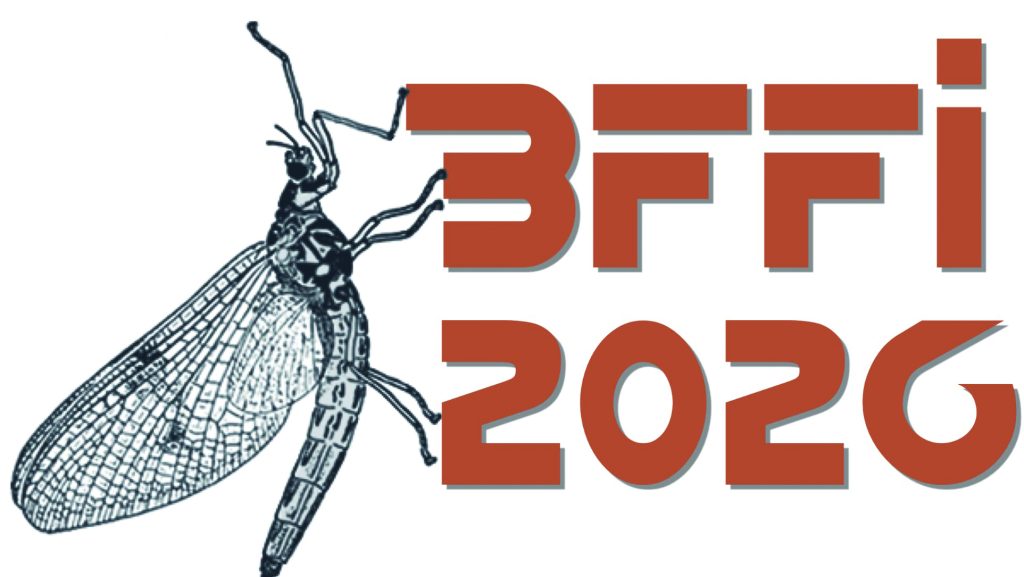WHAT AND HOW TROUT SEE UNDERWATER

Have you ever wondered what brown trout and rainbow trout can see under the water? Knowing this information can make fishing for trout a whole lot easier, thats for sure!
Even though vision and the eyes of trout have been studied intensively over the last 60 years, we will never actually know for sure what a fish sees. But we can make a reasonable guess as to what they are seeing.
Trout are like many anglers, heavily reliant on their visual sense. They rely on it to move around, spot and capture food or escape predators. For trout, sight is possibly their most important sense. In many ways their eyes are very similar to the way our own work, although a trout’s eyes have to work under very different conditions to ours, and so there are significant differences.
To get an idea of the difference, anyone who has tried to see underwater unaided will know that our eyes aren’t up to the job. In fact, we become very long sighted when trying to see underwater, so trapping an air space in front of our eyes (in a mask or goggles) is required to see anything clearly. Living and being able to see underwater presents a whole load of different problems to living in air.
LIGHT FANTASTIC
Being able to see something requires light to enter the eyes and hit the sensory surface (retina) at the back of the eye, that’s the same for fish and us.
A major factor for fish, however, is that most of the light hitting a river, lake or pond is reflected straight back into the air; only a fraction actually passes through the surface into the water. This light doesn’t travel well through water with many of the colours absorbed or disappearing, as you get deeper.
This is significant for fish as the colours they see are dependant on what light colours are available in the water. This means that trout, like most fish, have eyes that are set up to work in low light conditions, even during the day. So trout eyes have large pupils that let in as much light as possible – the iris, which forms the pupil, will not expand or contract like our iris during changing light conditions.
Trout do have a way of adapting their eyes to bright or duller light conditions but it can take hours not fractions of a second like our eyes.
The location of the eyes in trout means that they maximise their field of vision. To enhance this they push the lens through the pupil so light can enter the eye more easily. Look close, you can often see the protruding lens. A trout can see all around rather than just in front, with only two small blind spots, one just in front of the nose and the other behind its tail.
Trout don’t have the good binocular vision we have. This is when both eyes can see an object at the same time, it allows the brain to gauge distances quite accurately, explaining why we are all such pinpoint casters! A trout sees best in front and above the head.
BENDING LIGHT
To see clearly underwater, a trout has to focus an image of an object on to the back of its eye much like we do when using binoculars. The critical part of the eye that does this job, just like binoculars, is the lens. To get a clear image, the light has to be bent to focus the image onto the retina.
To do this well underwater is a problem, and when light travels from air to water it bends, so when you try to grab an object underwater it’s never where it actually seems to be.
Human eyes rely on this light bending to work. Fish in water don’t have this advantage so their lenses have to do all the work in focusing the image on the back of the eye.
To do this they use spherical lenses. They look like little clear glass marbles but provide perfect focussing irrespective of which part of the lens the light travels through.
Trout have exceptionally good lenses, much better than most fish, so their peripheral vision is excellent. This wide angle of vision means they can spot prey or predators easily. The downside is that, if the fish is out of water, it’s as short sighted as Mr Magoo! There is no danger of a fish seeing an angler as it jumps out of water, not unless it hits him.
To be able to adjust its eyes to see near and far objects the entire lens is moved rather than changing the shape as in humans. However a trout’s eyes generally don’t need to see very far as visibility in freshwater is often less than 10ft. So a trout’s eyes are set up to see things that are quite close.
Their eyes don’t have the features we have that allow us to see real detail. This has benefits for anglers, as it goes some way to explain the success of flies that mimic natural food.
These don’t have to be absolutely perfect replicas of the original. If they’re the right shape, size and colour the fish will have difficulty telling the difference.
Possibly more important is that the fly imitates the natural movement of the prey.
Trout see silhouettes of objects and pick up movement well, rather than intricate detail.
What trout see through the water surface is often a matter of debate for anglers. Trout, like most fish, can see the world above the water as a circular window above their heads.
The location of the eyes means that they can actually see all around in this window. Beyond this window the water surface looks like a mirror and so they see a reflection of the river/lake bed.
Within this window however, because of the old light water bending trick, they can actually see more than just straight above their heads. They can see about 10° above the horizon.
So, an angler standing on the bank is usually very visible. You must crouch down or get in the water to reduce the angle so you’re not easily spotted. A fish high-up in the water is more likely to see an angler than one deeper down due to the reduction of the window above their heads.
Trout, like most fish, can see in colour, and they have the right receptors to see the full range of colour we do; as fry they can also see UV light, losing this as they age.
Migratory trout regain UV light perception on returning from the sea. They also detect polarised light, which tells them when dawn and dusk are happening and stops them confusing that with changes in cloud cover. Their eyes are tuned particularly to green and orange light, the most common in freshwater.
When you compare the most common light colours present in water with those the trout is set up to see, there is often a slight difference. This allows trout to see reflective objects in water; they are seen in silhouette by the fish. This means that the camouflaging effect of the silvery scales of small fish isn’t very effective against trout.
DIAGRAM OF A TROUTS EYE
The outer protective layer is tough, the inner contains dark pigment which helps make the eyeball light-proof from behind. The suspensory ligament and retractor muscle hold the lens in position and the muscle moves the lens when focusing. The falciform process probably has a nutritive function.
To be able to see something, light must enter the eye and hit the retina at the back.
A trout’s large pupils absorb as much light as possible in the low light conditions under the water.
THE TROUTS BLIND SPOTS
Trout can see all around them, and not just in front, with only two small blind spots – just in front of the nose and behind its tail. Given that they see best in front of and just above the head, it’s clear where anglers should cast their flies.
? Trout leaping free of the water can’t see you.
? Trout see things clearly that are quite close.
? Their eyes don’t have the features that allow us to see real detail. So flies don’t have to be absolutely perfect replicas of the original, if they’re the right shape, size and colour then the fish will have difficulty telling the difference. Possibly more important is that the fly imitates the natural movement of the prey. Trout see silhouettes of objects and pick up movement well rather than intricate detail.
? In real terms then an angler standing on the bank-side is usually very visible. Avoid being spotted by crouching down low to the ground or get in the water to reduce the angle. A fish high up in the water is far more likely to see an angler than one deeper down because of the reduction of the window above their heads.





